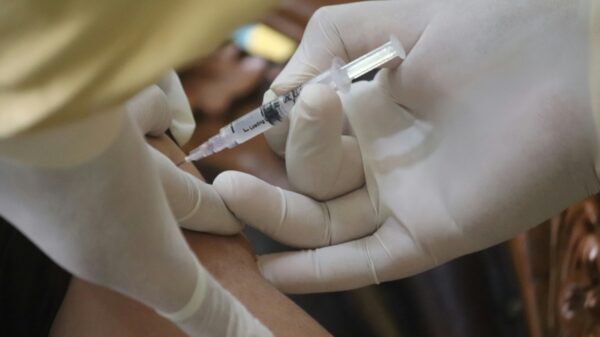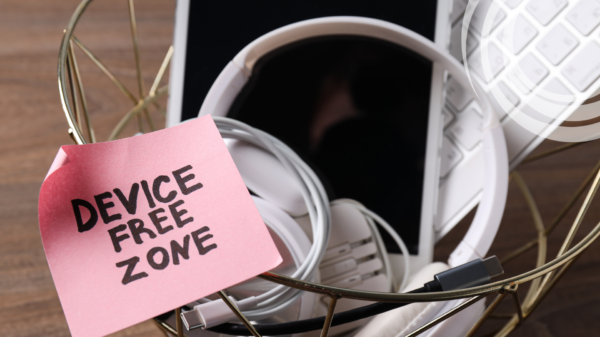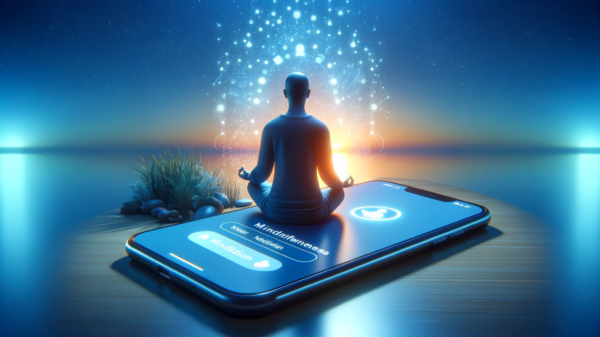Digital Detox Culture: Reclaiming Presence in a Hyperconnected World
As digital devices become inseparable from daily life, an increasing number of individuals are pushing back against constant connectivity. The emergence of digital detox culture reflects a growing awareness of the negative effects of excessive screen time, from decreased attention spans to heightened anxiety. From grassroots movements like “Screen-Free Sundays” to national campaigns such as “Phone-Free February,” more people are embracing the power of periodic disconnection.
The Rise of Digital Overwhelm
In recent years, the average adult has spent upwards of seven hours per day on screens—between work, entertainment, and social media. This continuous exposure contributes to mental fatigue, poor sleep, and reduced productivity. As awareness of “digital overwhelm” grows, so does the desire to unplug, even if temporarily.
Understanding the Digital Detox
A digital detox refers to a conscious break from screens, especially smartphones and social media platforms. These breaks can last a few hours, a full day, or even an entire month. The aim isn’t to vilify technology but to restore balance, allowing the mind and body to reset without the constant buzz of notifications.
Popular Movements: Screen-Free Sundays and Phone-Free February
Movements like Screen-Free Sundays encourage individuals and families to go offline for one day a week, reconnecting with each other through shared activities. Similarly, Phone-Free February promotes 28 days of reduced screen time and increased mindfulness. These campaigns offer structured approaches to detoxing and inspire collective participation.
Mental Health Benefits of Unplugging
Numerous studies now link excessive screen time to higher rates of anxiety, depression, and burnout. Taking time off from devices can lead to improved mood, better focus, and a sense of calm. People report that even short detoxes help them sleep better, think more clearly, and feel more present.
Physical Health and Digital Habits
Beyond mental health, digital habits also affect the body. Blue light exposure from screens can disrupt circadian rhythms, while sedentary behaviors contribute to back pain and weight gain. A digital detox encourages movement, better posture, and more restful sleep, supporting overall wellness.
Rebuilding Attention and Focus
Constant digital interruptions fragment attention. Detox periods allow people to retrain their brains for sustained focus. Whether it’s reading a book, engaging in a hobby, or simply enjoying a meal without a screen, these moments strengthen concentration and enhance the quality of experience.
Reconnecting with the Physical World
One of the most celebrated aspects of digital detoxing is the opportunity to re-engage with the physical world. Time spent outdoors, in conversation, or in creative pursuits becomes more fulfilling when not filtered through a digital lens. Many participants describe feeling more grounded and connected to their surroundings.
Creating Tech Boundaries at Home
Families and individuals are establishing screen-free zones and times to protect their home environments. Common rules include no phones at the dinner table, device curfews before bed, or dedicated unplugged hours during the weekend. These practices foster deeper connections and set healthier precedents for children.
Digital Minimalism as a Lifestyle Choice
Digital detoxing has evolved into a long-term lifestyle shift for some. Inspired by the principles of digital minimalism, these individuals reassess their relationship with technology, choosing to prioritize meaningful interactions over endless scrolling or mindless consumption.
Businesses Supporting Detox Culture
Employers and wellness brands are beginning to support digital detox culture. Companies now offer “email-free Fridays”, mindfulness breaks, and device-free team-building retreats. The wellness industry is also responding with tools, journals, and retreats designed to facilitate intentional disconnection.
Tech Tools to Help Disconnect from Tech
Ironically, some digital tools are helping people unplug. Apps like Forest, Freedom, and Moment help users track screen time, block distractions, and set daily limits. Smartwatches with limited functionality and distraction-free phones are also gaining popularity among detox-conscious consumers.
Retreats and Offline Travel Experiences
Digital detox retreats—often held in remote, nature-rich locations—offer immersive escapes from the noise of modern life. These experiences pair offline living with wellness practices such as yoga, hiking, journaling, and meditation, creating space for reflection and personal growth.
A Culture of Mindful Connection
Ultimately, digital detox culture is about regaining agency. It’s not anti-technology—it’s pro-intention. By choosing when and how to engage with digital tools, individuals reclaim time for the relationships, hobbies, and experiences that matter most.
The Future of Balanced Tech Use
As society becomes more aware of the cost of overconnection, the digital detox trend will likely continue growing. With structured tools, community support, and greater cultural acceptance, more people will find that disconnection can be the gateway to deeper connection—with others and with themselves.




































